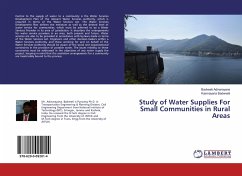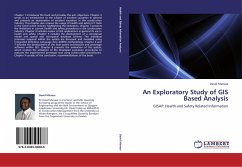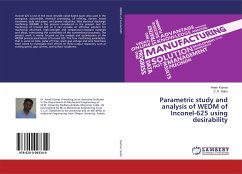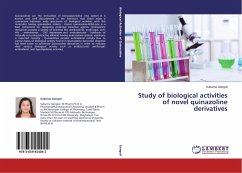The problem undertaken for the present study deals with Finger and Palmer Dermatoglyphics among Malas, a Scheduled Caste population of Andhra Pradesh. Dermatoglyphic study is an important domain for both Anthropology and human genetics, which provides an impetus for information about genetic variation. The analysis of finger and palm prints developed by Sir Francis Galton in 1890 has been a subject for personal identification. Dermatoglyphic studies also like other hereditary characteristics exhibit geographical, ethnic and sex variation and hereditary interplays. Among the polygenetically controlled traits the dermal configurations are perhaps, the most effective ones in the study of population variation because of their high variability with lass adaptive value associated with no postnatal modification.
Bitte wählen Sie Ihr Anliegen aus.
Rechnungen
Retourenschein anfordern
Bestellstatus
Storno








